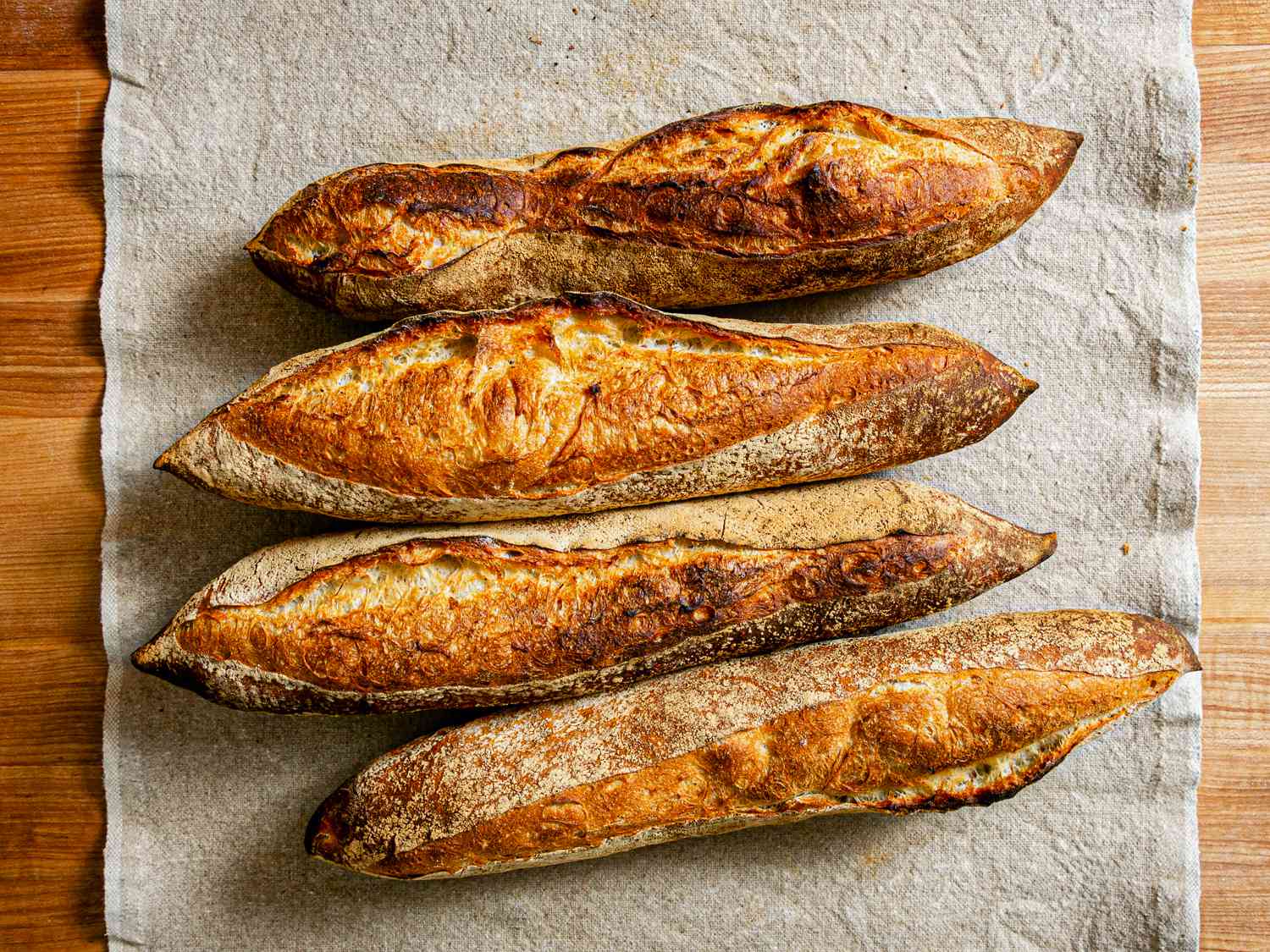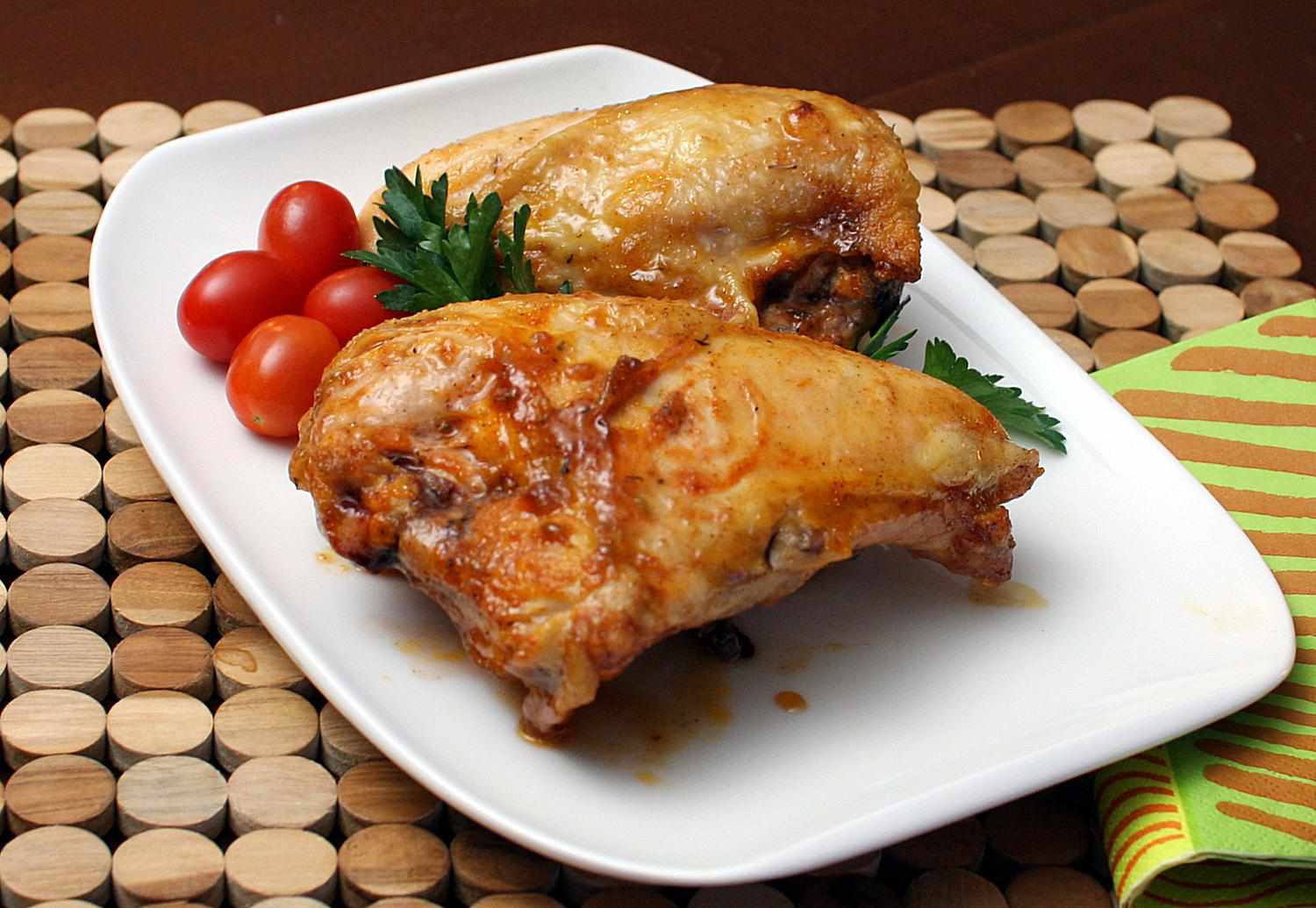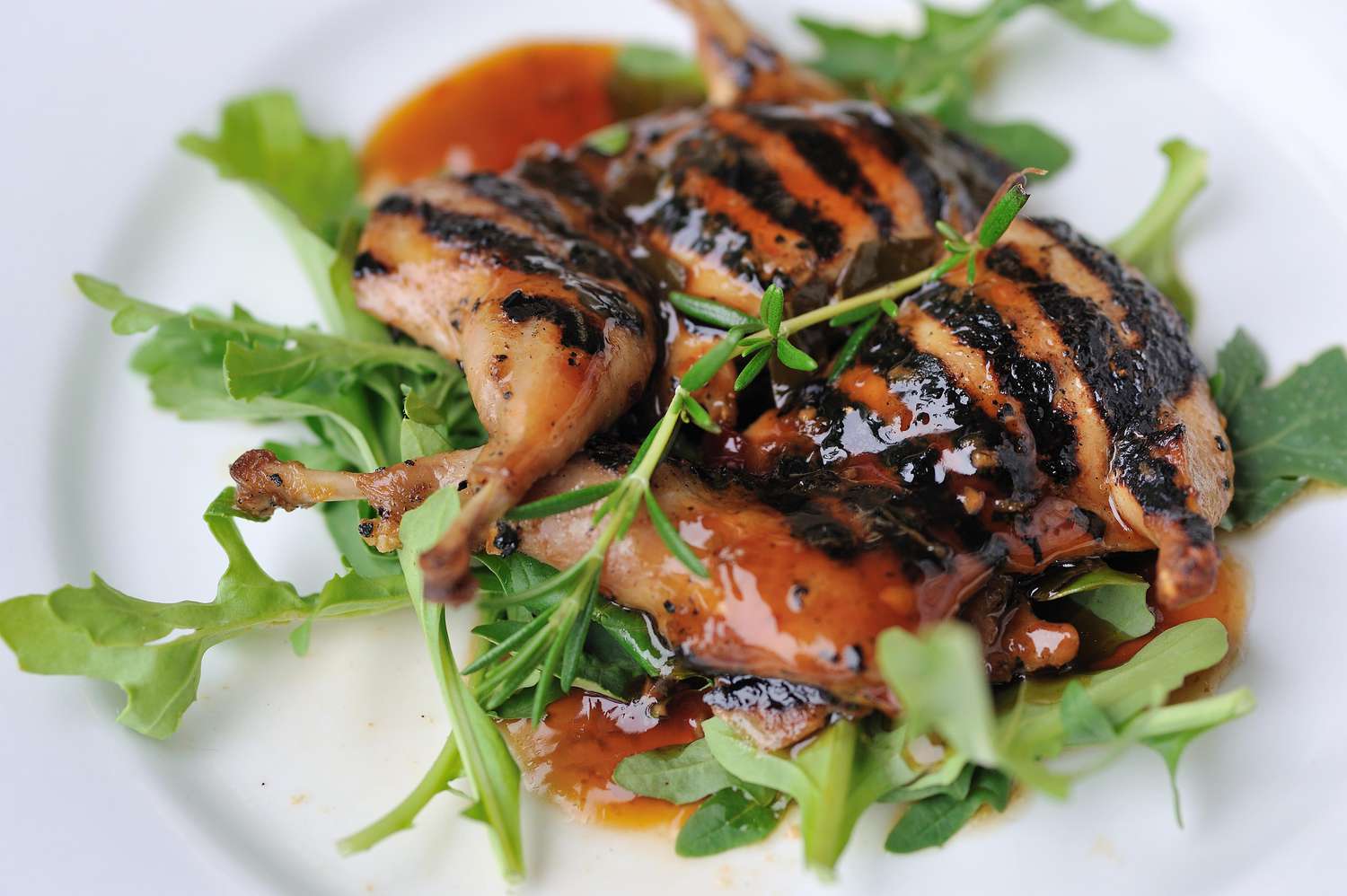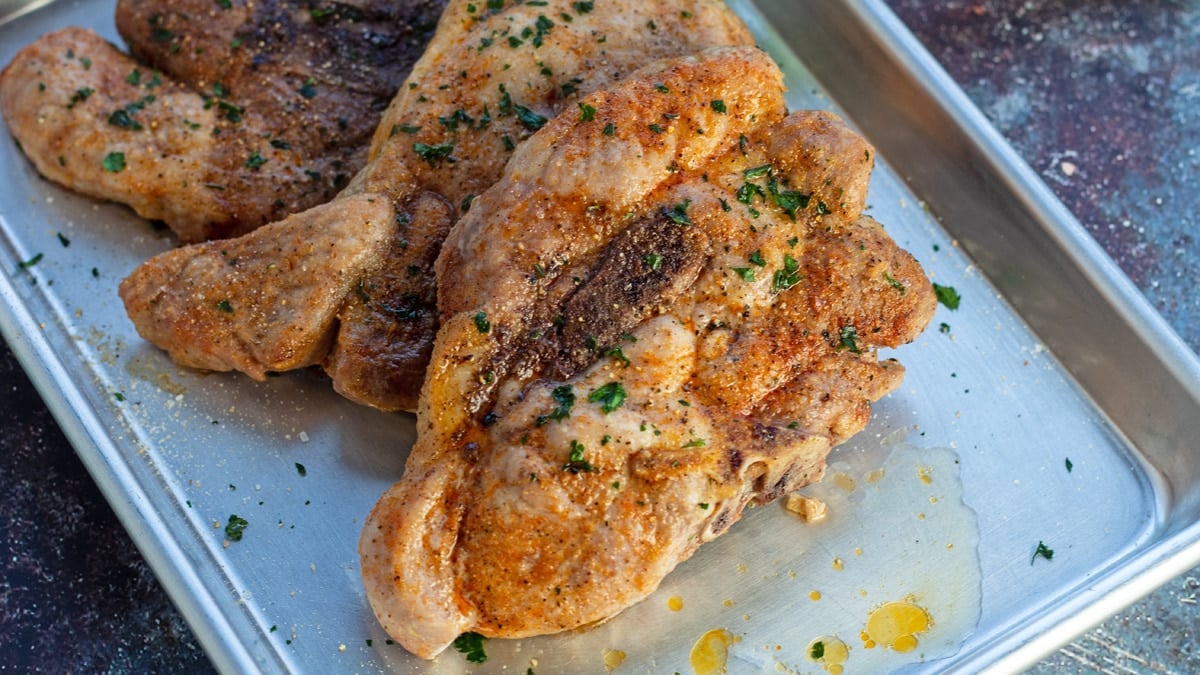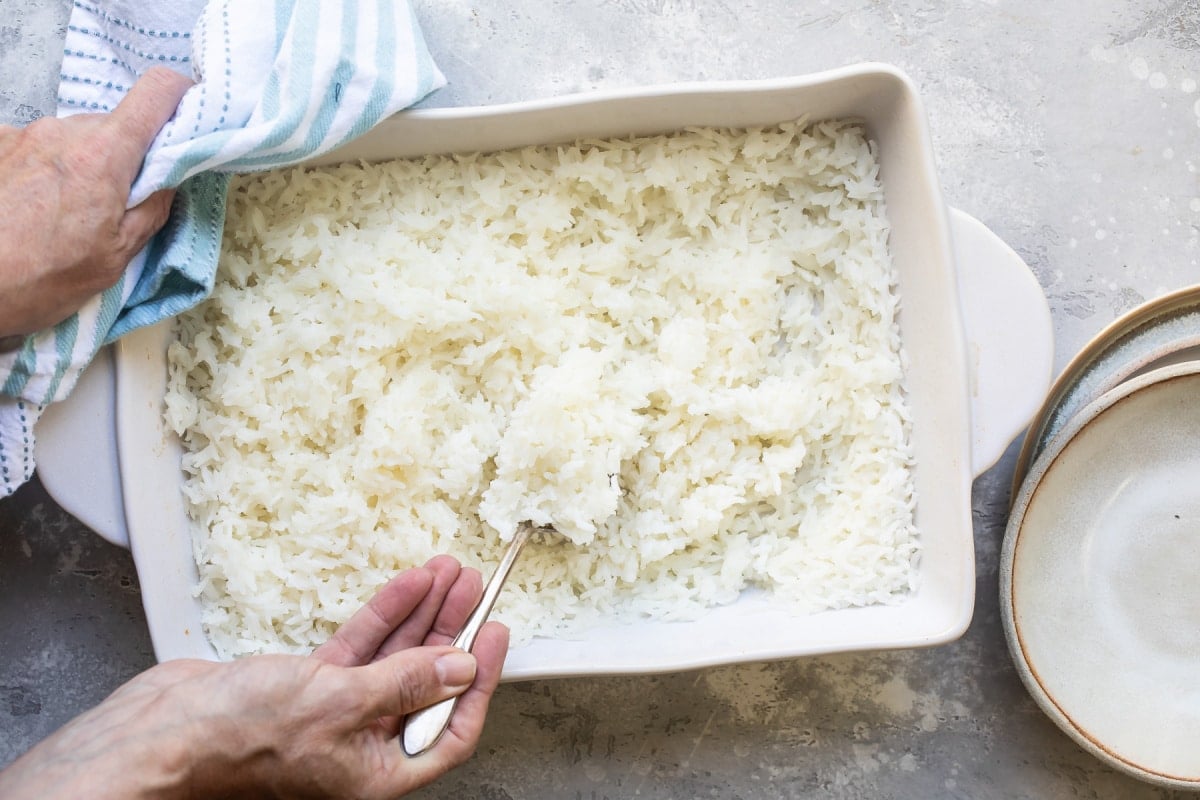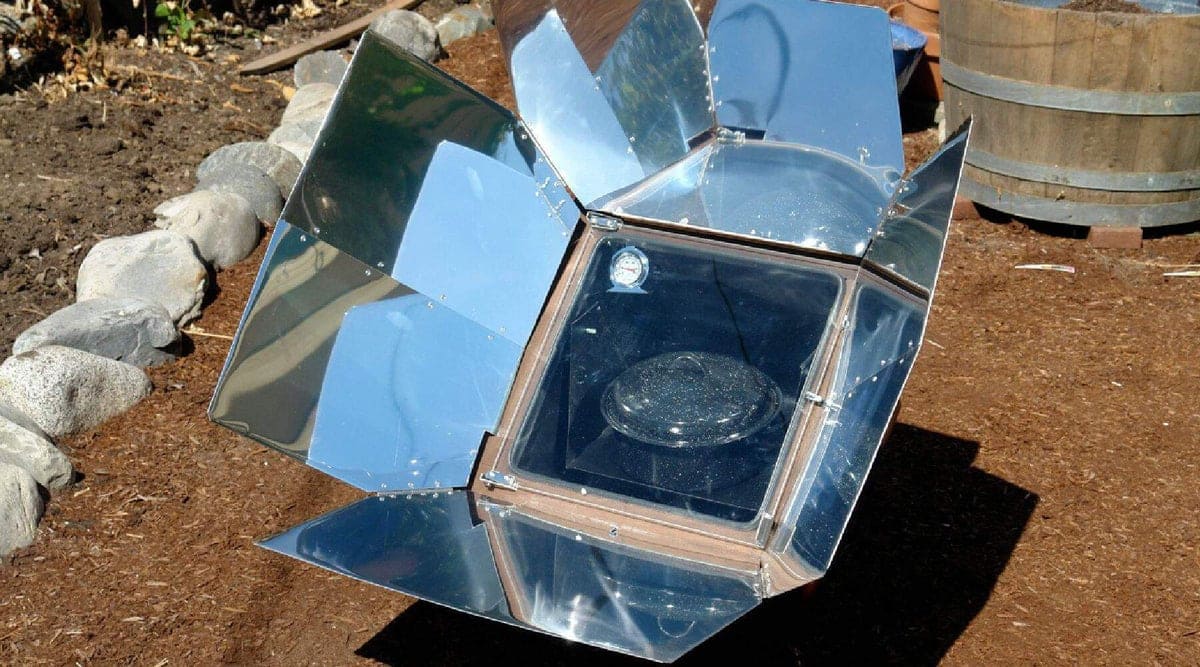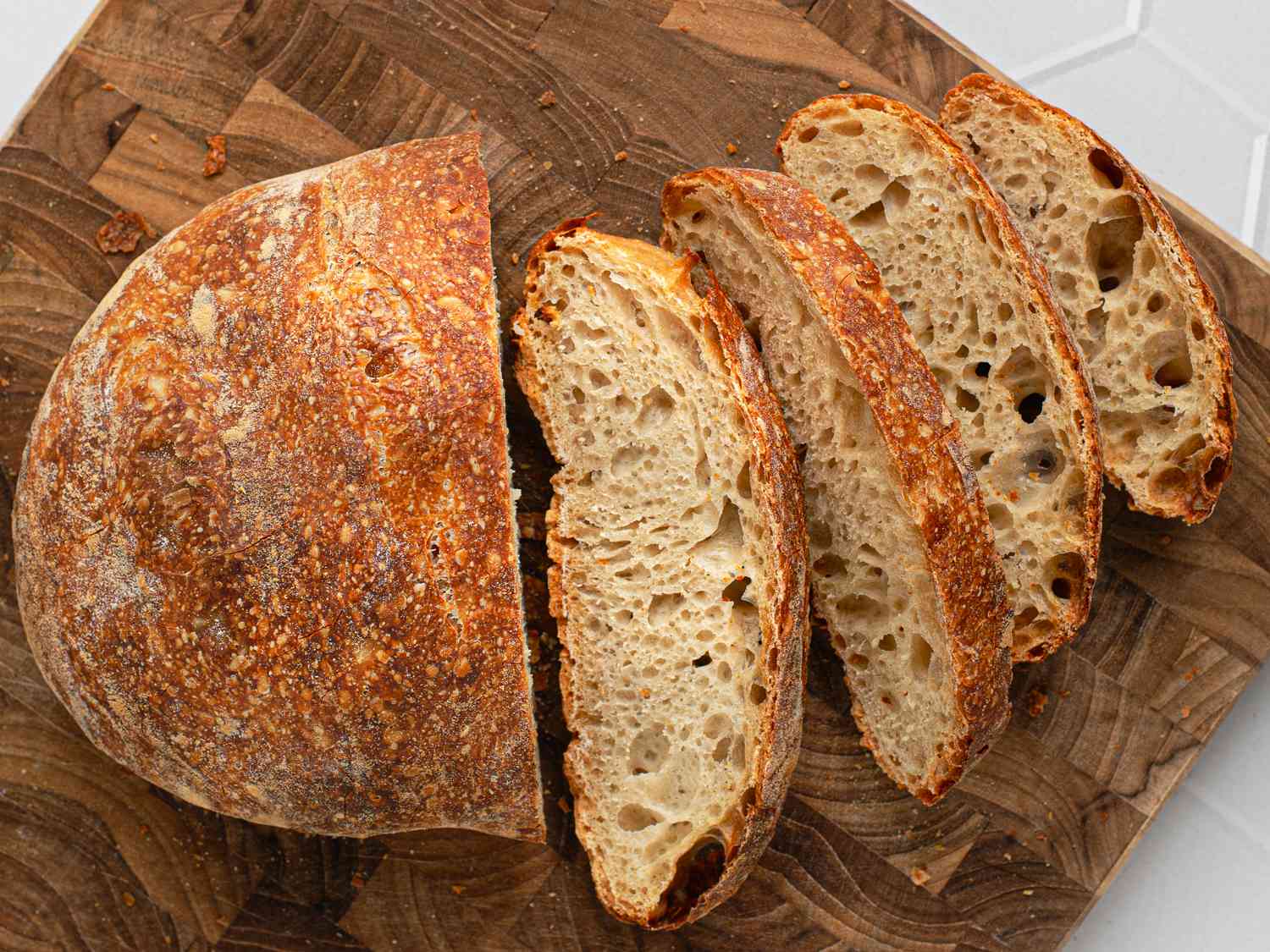Easy and Delicious Scones with Self-Rising Flour
Are you craving a warm, flaky scone but don’t have all the ingredients for traditional scone recipes? Don’t worry! You can still enjoy freshly baked scones using self-rising flour. This versatile ingredient makes baking scones a breeze, and you’ll be enjoying a batch of these delectable treats in no time.
Ingredients:
- 2 cups self-rising flour
- 1/4 cup sugar
- 1/2 cup unsalted butter, cold and cubed
- 1/2 cup milk
- 1 large egg
- Optional: 1/2 cup of add-ins such as dried fruit, chocolate chips, or nuts
Instructions:
- Preheat your oven to 425°F (220°C) and line a baking sheet with parchment paper.
- In a large bowl, mix the self-rising flour and sugar together.
- Add the cold, cubed butter to the flour mixture. Use a pastry cutter or your fingers to rub the butter into the flour until it resembles coarse crumbs.
- In a separate bowl, whisk together the milk and egg.
- Pour the milk and egg mixture into the dry ingredients and stir until just combined. Be careful not to overmix.
- If you're adding any extras like dried fruit or chocolate chips, gently fold them into the dough at this stage.
- Turn the dough out onto a lightly floured surface and gently knead it a few times until it comes together.
- Pat the dough into a circle that's about 1 inch thick. Use a floured biscuit cutter or the rim of a glass to cut out the scones.
- Place the scones onto the prepared baking sheet and brush the tops with a little extra milk for a golden finish.
- Bake for 12-15 minutes or until the scones are golden brown.
- Transfer the scones to a wire rack to cool slightly before serving.
These scones are best enjoyed fresh out of the oven, served with clotted cream and your favorite jam. The combination of the buttery, flaky scone with the rich cream and sweet jam is simply irresistible.
So, the next time you’re in the mood for freshly baked scones, reach for your self-rising flour and whip up a batch of these delightful treats. You’ll be amazed at how easy it is to create bakery-worthy scones right in your own kitchen!
Was this page helpful?
Read Next: How To Bake Swai Fillets In The Oven

